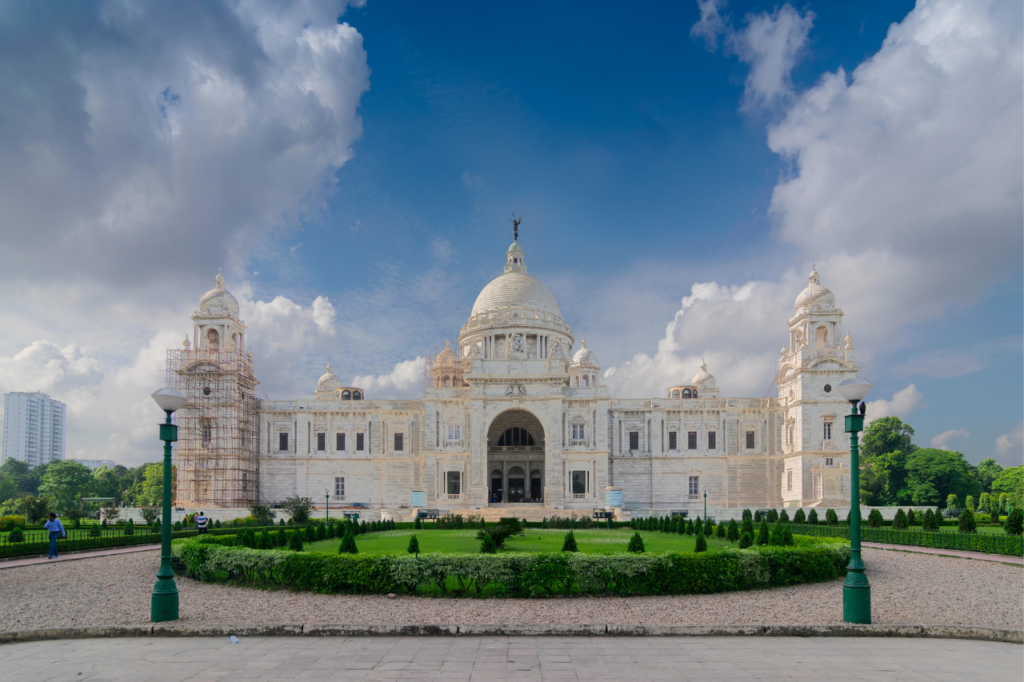West Bengal Pincodes
Enter the Pincode or Location Below in the Box
Pincodes of West Bengal
Welcome to our in-depth West Bengal pincode reference. East India’s West Bengal is a varied and energetic state renowned for its beautiful scenery, historical legacy, and rich culture. With each location having its own Postal Index Number (PIN) code, West Bengal is separated into many sections to make mail delivery and navigation easier. Postal index numbers, or pincodes, are essential to the postal service. They support accurate mail, parcel, and package sorting and delivery to the right places. It is crucial to use the correct PIN code when addressing mail since it guarantees that it will arrive at its destination without any problems or delays.

Here is a list of West Bengal Pincodes
About West Bengal
A state in eastern India is called West Bengal. With a population of more than 91 million people living in an area of 88,752 sq km (34,267 sq mi) as of 2011, it is located along the Bay of Bengal. The projected population is 102,552,787 in 2023. West Bengal is the eighth most populated country division in the world, the fourth most populous state in India, and the thirteenth largest state by area. It has borders with Bangladesh to the east and with Nepal and Bhutan to the north as a part of the Indian subcontinent’s Bengal region. Additionally, it has borders with Jharkhand, Odisha, Bihar, Sikkim, and Assam in India. Kolkata, the third-largest metropolis and seventh-largest city in India by population, serves as the state capital.
History
Excavated in the state are Stone Age implements that date back 20,000 years, indicating that human settlement began 8,000 years earlier than previously believed by researchers. As stated in the Mahabharata, the area belonged to the Vanga Kingdom in India. The Bengal region was home to several Vedic countries, including the Suhma Kingdom, Vanga, Rarh, and Pundravardhana. The Ancient Greeks, who lived approximately 100 BCE, mentioned a place called Gangaridai, which was situated at the mouths of the Ganges.
Geography
West Bengal, which stretches from the Himalayas in the north to the Bay of Bengal in the south, is located on India’s eastern border. The state is 34,267 square miles in total size. The eastern Himalayan mountain range includes the Darjeeling Himalayan hill region, which is located at the northernmost point of the state. Sandakfu, the state’s highest mountain at 3,636 meters (11,929 feet), is located in this area. The hills are divided from the plains of North Bengal by the narrow Terai area, which then merges into the Ganges delta in the south.
Economy
West Bengal has India’s sixth-highest GSDP as of 2015. With base year 2004–2005, the gross state domestic product (GSDP) grew from Rs 2,086.56 billion in 2004–05 to Rs 8,00,868 crores in 2014–2015 and Rs 10,21,000 crores in 2017–18. The percentage growth of the gross state domestic product (GSDP) at current prices ranged from 10.3% in 2010–2011 to 17.11% in 2013–2014. In 2014–2015, the growth rate was 13.35%. For more than 20 years, the state’s per capita income has fallen short of the national average in India.
Demography
With 91,347,736 people, West Bengal is the fourth most populated state in India, according to the preliminary findings of the 2011 national census. The decennial population growth rate for the state from 2001 to 2011 was 13.93%, which was less than both the national growth rate of 17.64% and the growth rate of 17.8% from 1991 to 2001. 947 females for every 1,000 males is the gender ratio. West Bengal was the second most densely inhabited state in India as of 2011 with a population density of 1,029 people per square kilometre (2,670/sq mi), after Bihar.
Sports
Popular sports include association football and cricket. In contrast to most other Indian states, West Bengal is renowned for its love of and support for football. One of the main football hubs in India is Kolkata, which is home to elite national teams like Mohammedan Sporting Club, East Bengal Club, and Mohun Bagan Super Giant. West Bengal boasts multiple sizable stadiums. Before the 2011 Cricket World Cup, Eden Gardens’ capacity was lowered to 66,000 seats through renovations, making it one of just two cricket venues in the world with 100,000 seats.
